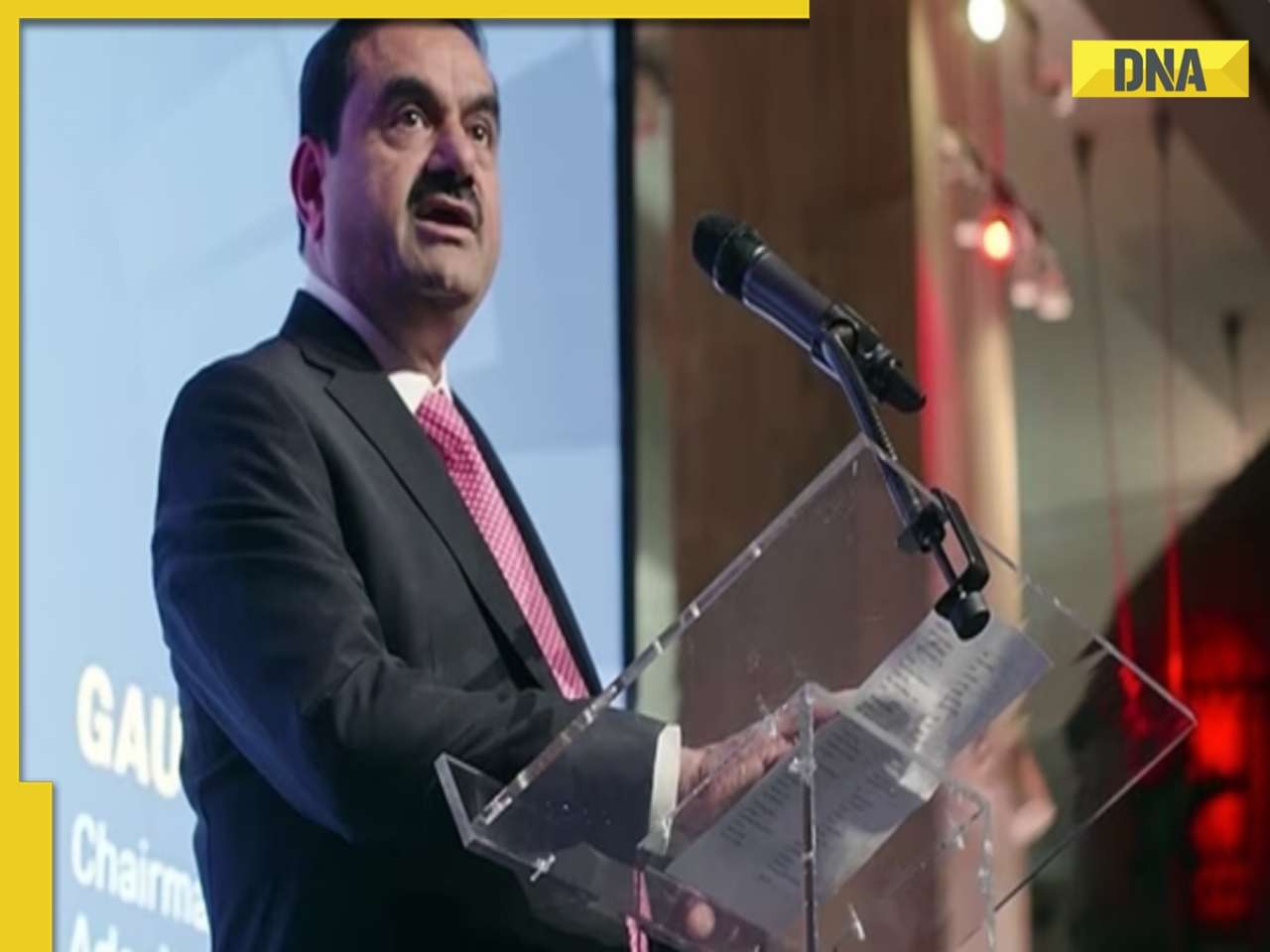- LATEST
- WEBSTORY
- TRENDING
INDIA
The Impact of Machine Learning on Microservice Architecture: Praveen Kumar Thopalle’s Perspective
According to Praveen Kumar Thopalle, the integration of machine learning (ML) into microservice architecture holds transformative potential in addressing these challenges.
TRENDING NOW
As businesses continue to scale, the reliance on microservice architecture has become more prominent, offering flexibility, scalability, and resilience. However, as distributed systems become more complex, ensuring consistent performance and minimizing failures, especially in the realm of REST APIs, has posed significant challenges. According to Praveen Kumar Thopalle, the integration of machine learning (ML) into microservice architecture holds transformative potential in addressing these challenges.
Machine learning, when integrated into microservices, does not simply react to problems — it proactively works to prevent them. Thopalle believes that predictive analysis is one of the strongest tools that ML brings to the table. By learning from historical data and system behavior, ML models can identify patterns that precede issues. For example, ML algorithms can forecast resource limitations, detect potential bottlenecks, and flag potential failures in REST APIs before they even occur. This allows system administrators to take preventative action, significantly reducing the number of unexpected system crashes and downtime.
Real-Time Anomaly Detection and Traffic Management
Another key advantage that Thopalle highlights is the real-time anomaly detection capabilities offered by machine learning. In a dynamic microservice environment, with multiple APIs interacting simultaneously, it is difficult to manually track and assess irregularities in real-time. Machine learning algorithms, however, are designed to constantly monitor performance metrics and flag unusual behaviors as they occur. Whether it's a sudden surge in traffic, a deviation in response times, or a rise in error rates, ML systems can instantly recognize and act on these anomalies, enabling swift corrections before users even notice.
Traffic management is also a crucial aspect in microservice architecture, especially when services face high demand. As Praveen Kumar Thopalle points out, machine learning can intelligently balance traffic across various services. By analyzing patterns of traffic flows, ML models can identify the optimal distribution of resources to handle the incoming load. This kind of dynamic load balancing reduces the chances of overloading any single service, thereby improving the overall reliability and efficiency of the system.
Automated Problem Resolution: The Future of Resilient Systems
One of the most exciting prospects in the integration of machine learning with microservices is the potential for automated problem resolution. According to Thopalle, automating the detection and resolution of common system issues allows for quicker response times and reduces the need for manual intervention. For instance, machine learning models can identify failing services, redirect traffic to healthier nodes, or even trigger automated scaling policies to ensure enough resources are allocated during high-demand periods.
This automated response creates a self-healing system, a concept that Thopalle advocates for in modern infrastructure. In the long run, this significantly reduces the burden on engineers, allowing them to focus on more critical tasks while the system maintains its own stability. In unpredictable scenarios, such as sudden traffic spikes or hardware failures, having machine learning in place ensures that the system continues running smoothly with minimal interruption to users.
Reducing Interruptions and Enhancing User Experience
In essence, integrating machine learning into microservice architecture not only prevents failures but also enhances the overall user experience. Praveen Kumar Thopalle emphasizes that with fewer interruptions, users enjoy more consistent access to applications, which translates to higher satisfaction and trust in the services being offered. During heavy use or unforeseen challenges, the intelligent systems powered by ML respond in real time, ensuring the application remains available and responsive.
The integration of machine learning into microservices represents the future of efficient, reliable, and scalable systems. By predicting issues, intelligently managing traffic, and automating problem resolution, ML ensures that distributed systems can handle both expected and unexpected challenges. As Praveen Kumar Thopalle outlines, this approach enables companies to maintain smooth operations even in the most complex environments, ultimately driving greater reliability and performance in modern application infrastructures.
The DNA app is now available for download on the Google Play Store. Please download the app and share your feedback with us







)
)
)
)
)
)
)
)
)
)
)
)
)
)
)
)


























































